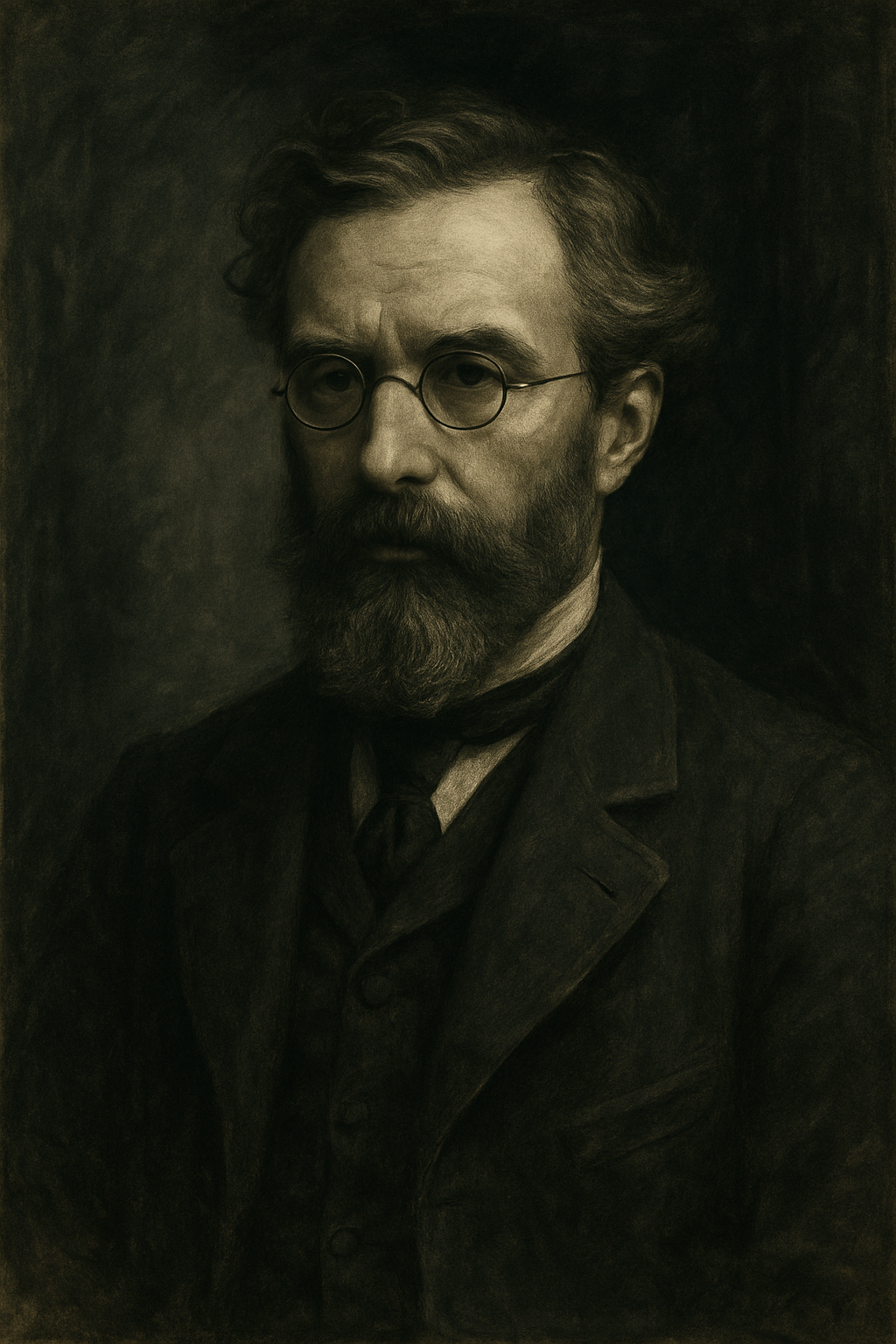Crafting Books on Museology



The roots of this bookstore lie in a museology degree, a rigorous exploration of how museums function as stewards of cultural heritage. During those years, it became clear that while academic journals and niche texts abounded, there was a stark lack of books that made museology accessible to a wider audience. Museums, after all, aren’t just for scholars—they’re spaces where anyone can connect with history, art, and ideas. This realization planted the seed for a bookstore that wouldn’t just sell books but would also publish original works to bridge that gap.
The decision to open the bookstore was driven by a desire to share the insights gained from studying museology. Museums are more than repositories of artifacts; they’re dynamic institutions that shape how we understand our past and present. Yet, too few books captured this vibrancy in a way that invited everyone into the conversation. So, the bookstore became a platform to publish works that reflect this passion, starting with titles that drew directly from the museology expertise gained in academia.
The first major publication, The Evolution of Museological Paradigms: Insights and Developments, set the tone. It traces how museums have shifted from elite collections to inclusive spaces, using case studies and historical analysis to show their evolving role across eras.
Following this, Understanding Culture: An Interdisciplinary Approach took a broader view, diving into cultural studies as a lens for understanding museums. It’s less a textbook and more a collection of essays that weave together ideas from anthropology, sociology, and history. The goal was to show how museums don’t just preserve culture—they actively shape it. Readers have noted its knack for making complex ideas feel like a conversation, which was exactly the aim.
Transformative Museology: Concepts, Practices, and Paradigms of the Late 20th and Early 21st Centuries built on these foundations, focusing on contemporary shifts. It covers digital innovations, like virtual exhibits, and the push for diversity and equity in museum spaces. This book came from a desire to document how museums are adapting to a world that demands more inclusivity and accessibility. It’s packed with examples, from small community museums to global institutions, showing how these changes play out.
Finally, Museums of the Future: Evolution of Space and Experience looks forward, exploring how architecture, technology, and visitor engagement are redefining museums. It’s the priciest of the bunch, but at 300+ pages, it’s a deep dive into what lies ahead—think AI-guided tours and immersive exhibits that blur the line between physical and digital. This one’s for readers who want to dream big about where museums are headed.
A Broader Vision
Publishing these books wasn’t just about filling shelves; it was about creating a dialogue. The museology degree provided the tools to understand museums, but the bookstore became the megaphone to share that knowledge. Each title in our catalog reflects a commitment to making museology approachable without dumbing it down. Whether it’s The Evolution of Museological Paradigms unpacking historical shifts or Museums of the Future imagining what’s next, these books aim to spark curiosity in anyone who’s ever wandered through a museum and wondered about the work behind it.
The bookstore itself is more than a retail space—it’s a hub for these ideas. By publishing our own works, we control the narrative, ensuring it stays true to the mission of celebrating museums as cultural cornerstones. Our catalog, including these four titles, is available both in-store and online via platforms like Gumroad. They’re not just books; they’re invitations to see museums through the lens of someone who’s spent years studying their magic.